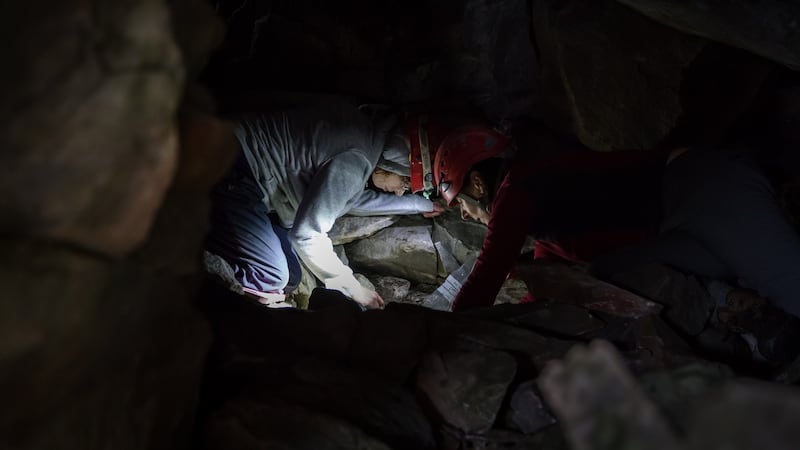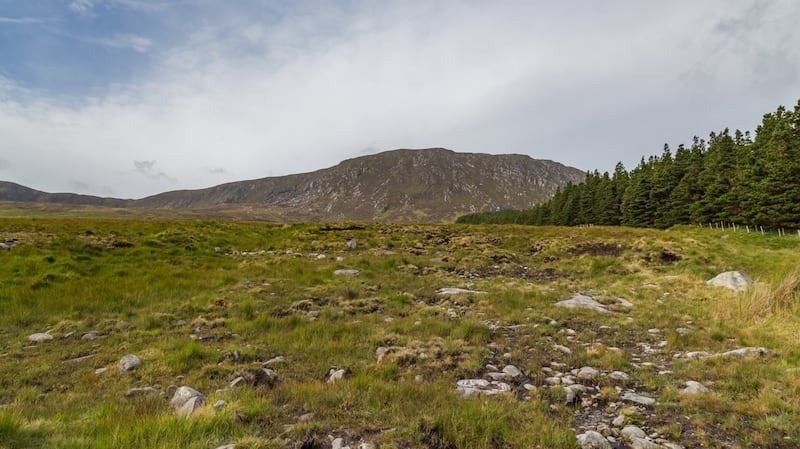A cave-like chamber discovered by a hill walker in north west Mayo has been confirmed as a Neolithic site used in highly complex burial practices over 5,000 years ago.
Scientific analysis for the Department of Heritage indicates that at least 10 people, both adults and children, were placed in the chamber over a period of up to 1,200 years.
One of the adult bones in the natural boulder chamber dated to 3,600 BC while a bone from a child’s skeleton dated to 2,400 BC.


Minister for Heritage Josepha Madigan praised local hillwalkers for reporting the find and described it as a "fascinating archaeological discovery". Ms Madigan said "such vigilance is extremely important to us in helping to protect and understand our archaeological heritage".
Local hillwalker Michael Chambers came across the rock-cut chamber among massive boulders in August 2016 while walking on Bengorm Mountain in the Nephin Beg range of west Mayo. Human bones were scattered over the rock floor.
Chief archaeologist of the National Monuments Service Michael McDonagh said the area was a “very remote location and the site would have been deliberately chosen for this remoteness”. It is not part of west Mayo’s Céide fields but the human remains date to the same general Neolithic period, which started around 5,500 years ago, he said.
"Large pieces of quartz had been placed in and around the bones," said Dr Marion Dowd of IT Sligo who led the excavation. "When the radiocarbon dates came through it was very exciting. Not only were the bones Neolithic, but the dates showed the site had been used for over 1,000 years."
It was not a burial site as such, but a ritual place where bodies were placed to decompose, according to the osteoarchaeologist who examined the human bones Dr Linda Lynch.
“Only a very small proportion of each skeleton was found, with the majority of bones apparently deliberately removed. The discovery indicates highly complex processing of the dead.”
The chief archaeologist said the bones would be deposited with the National Museum after all scientific analysis was completed but were unlikely to go on display.












